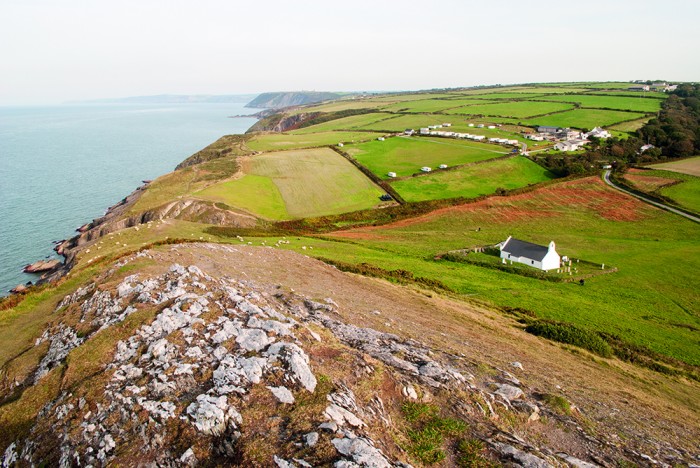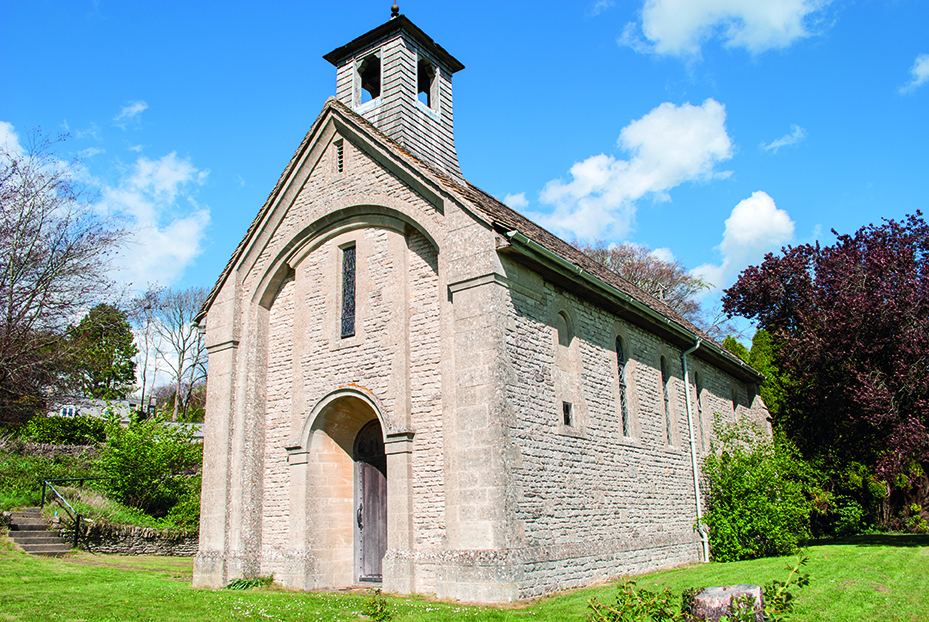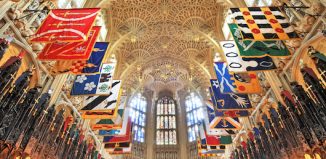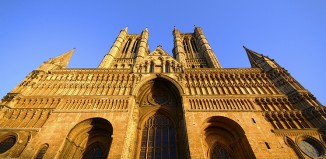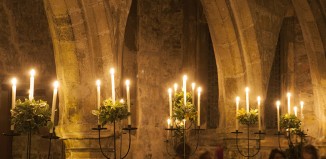Small is beautiful: Britain’s tiny churches
When it comes to religious buildings, the big ones – Westminster Abbey or St Paul’s Cathedral – tend to occupy the limelight. However, in his new book, Tiny Churches, Dixe Wills explores the history of some of Britain’s smallest spiritual sites. Here are five of our favourites…
-
St Hubert’s, Idsworth
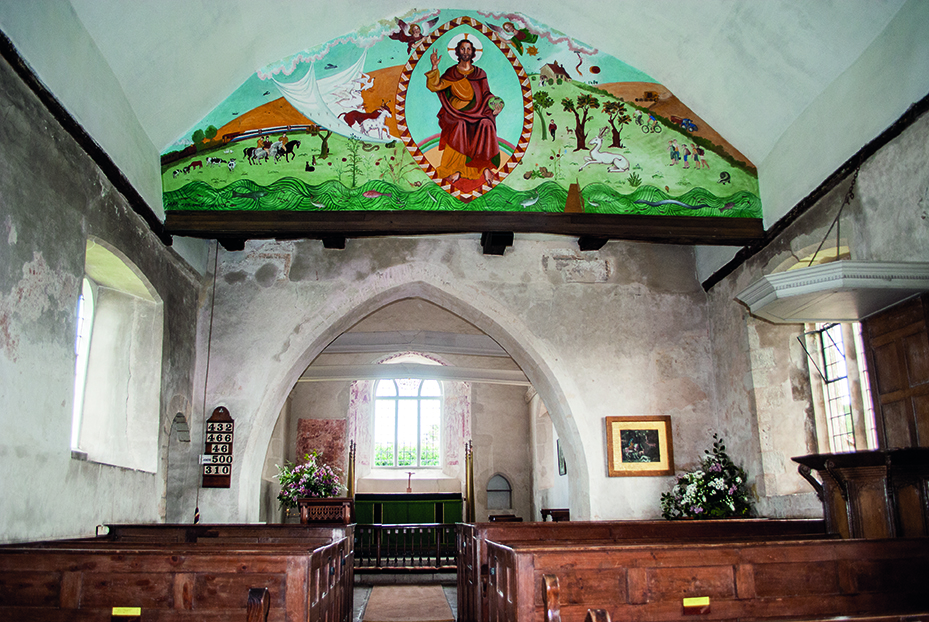
This charming little church, hidden among the crops in the middle of a Hampshire field, is all that remains of the Saxon village of Idsworth. It was constructed in the pre-Norman era and has an interesting early history. The Earl Godwine of Essex (the father of Harold II) owned land in Idsworth, erecting a hunting chapel there. The church also is home to some notable artwork: two frescoes, dating from 1330.
One of the most significant features of St Mary Of The Angels is its design. Douglas Strachan, an eminent stained-glass artist, and renowned architect W D Caröe created this early 20th-century church in the Romanesque style. Perhaps it is because of this distinguished pedigree that the church has welcomed so many famous faces: Mother Teresa and Douglas Bader are among its visitors.
-
Church Of The Holy Cross, Mwnt
This church (top) is a perfect example of how people come to reflect their environment. The worshippers at this ancient place (its exact origins are unknown, but it is thought to date from the 13th or 14th centuries) count among their number two centenarians, themselves living history. It is for this reasons that they are known as Hen Gewri’r Mwnt (The Old Giants of Mwnt).
-
St Swithun-Upon-Kingsgate, Winchester
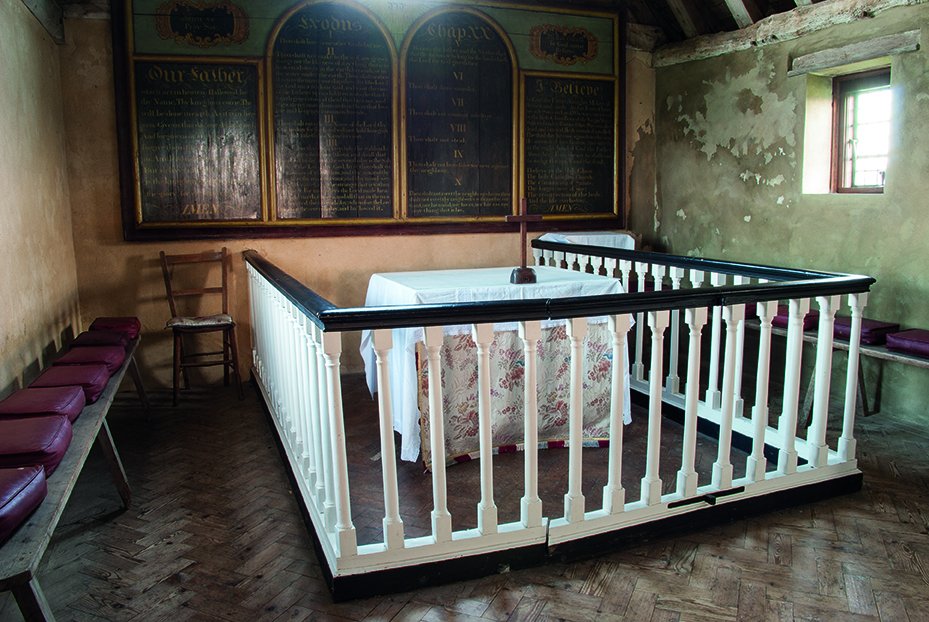
St Swithun-Upon-Kingsgate has a chequered past. In 1264, it was burned down by a mob of enraged locals as part of a feud with the nearby priory. Subsequently rebuilt, and a parish church by 1539, it soon fell again into disrepair. Indeed, records indicate that, at some point in the 17th century, pigs were kept in the church. However, it was again restored and has never looked back. The church’s patron saint, St Swithun, who was Bishop of Winchester from 852, also has an interesting history. Legend endows him with special powers over the weather, hence the nursery rhyme:
St Swithin’s day if thou dost rain
For forty days it will remain
St Swithin’s day, if thou be fair
For forty days ’twill rain nae mair.
-
Colintraive Church, Colintraive
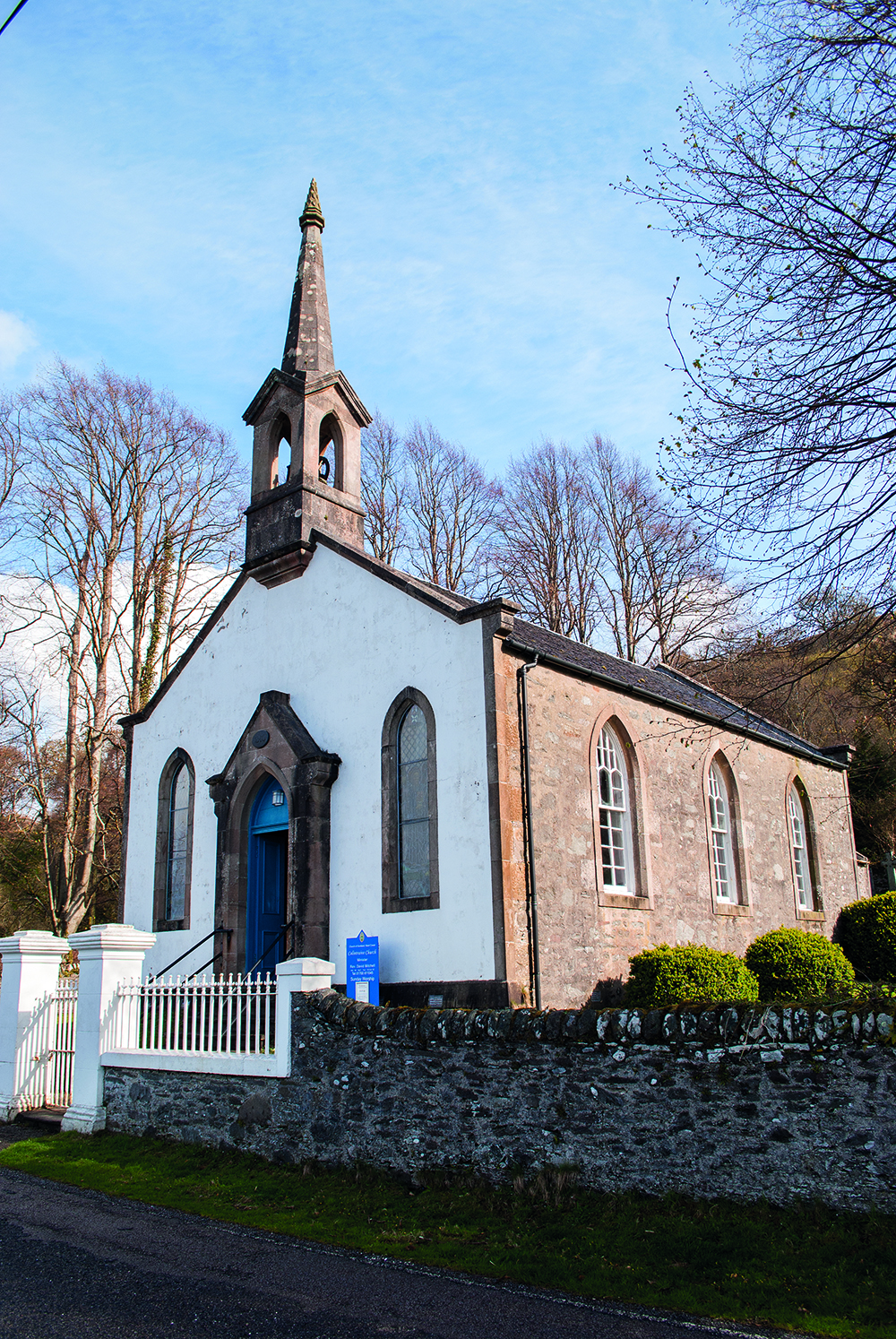
Spiritually, Colintraive’s early years were tumultuous to say the least. Opening in 1840, it was initially part of the Church of Scotland , but soon joined instead the Free Church of Scotland. This membership was a short one. Before long, it was time for pastures new – Colintraive became a member of the United Free Church of Scotland in 1900. Finally, the Free Church of Scotland and the Church of Scotland amalgamated in 1929, and Colintraive returned from whence it came.
Tiny Churches, by Dixe Wills (AA Publishing) is out now and priced at £16.99.
Words: Will Baker

